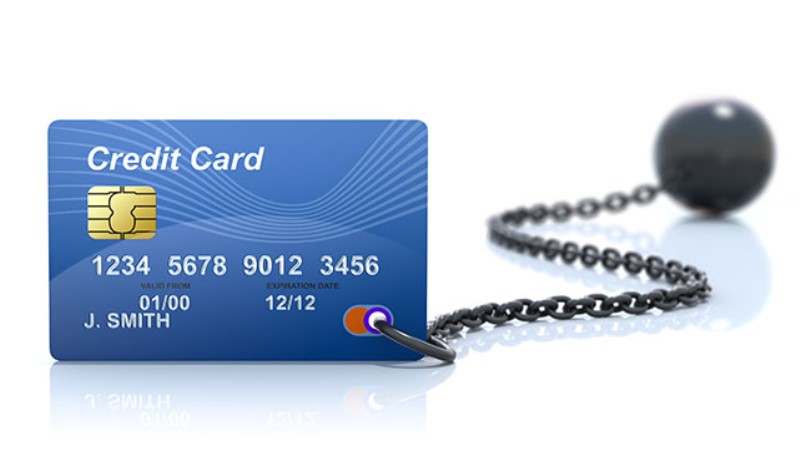
There are two ways people can improve their financial situation: Earn more, or spend less. By limiting impulse purchases and redirecting those savings to paying off existing credit card balances, the battle has been won in half. But when faced with the idea of spending less, many people panic. “I want to be debt free,” they say, “but I also want to have a life.” Visiting this will help you reduce expenses, find hidden savings that you can spend on paying off credit cards, and improve your overall financial health.
First, look at your credit card bill. How much money is spent on interest each month? Consider how quickly your credit card debt would disappear if the money were used to pay off the principal. On a credit card balance of $3,000, it’s not uncommon to pay $40 each month in interest. That’s nearly $500 a year that just disappears from your wallet without ever reducing your debt or increasing what you have.
Once you tabulate the full amount of interest you pay each month, figure out whether you’d be better off getting an interest-free introductory offer credit card and transferring your existing debt to the new account. When doing so, make sure to pay at least the full amount you’ve already been paying monthly, and avoid adding more to the balance. If that same $3,000 balance was transferred to a card that offered a year of zero-interest payments, and you’ve been paying the minimum of $65 per month, at the end of one year you’d owe $2,220. On the other card, your balance after a year would be nearly the full amount you owed in the first place. It would actually take eighteen years to pay off that balance if you never charged again and made only the minimum payments!
Clearly, paying less or no interest is helpful, but not enough. If you cannot or prefer not to transfer your balance to another card, ask your credit card company to lower your interest rate temporarily. When Carey T. had difficulty paying her credit card balance after her divorce, she contacted the card issuer and explained her circumstances. They dropped her interest rate from 18% down to 2% for a period of a year, and then renewed the rate for a second year, giving her a chance to catch up on her payments. Not all companies are so generous, but if you don’t ask for it, they won’t offer you a break.
To find hidden savings that will free up some of your income so you can pay more of your balance, consider how you spend your discretionary income. Do you buy new clothes regularly? Go to the movies? Eat out once a week? Once you have identified where your money goes for “fun” stuff, look for alternative fun stuff that costs less. Perhaps you could substitute a free concert or a visit to the park and eat a picnic dinner instead of spending $40 on weekly family pizza night just once each month. Maybe you could spend less on shopping if you visited a consignment store instead of the mall next time you need a little retail therapy. Take your savings and make an extra payment against your credit card balance immediately, without waiting for the bill’s next due date.
Finally, you’ll spend less if it’s more difficult to spend. By taking only cash when you go shopping, you are less likely to splurge on things that look appealing but won’t prove to be good purchases. If you see it, love it, and have to come back for it, you’ll have a chance to figure out whether the purchase is truly worthwhile. It’s a bit inconvenient, but can save you hundreds, even thousands, of dollars per year if you force yourself to take that extra step before buying.











